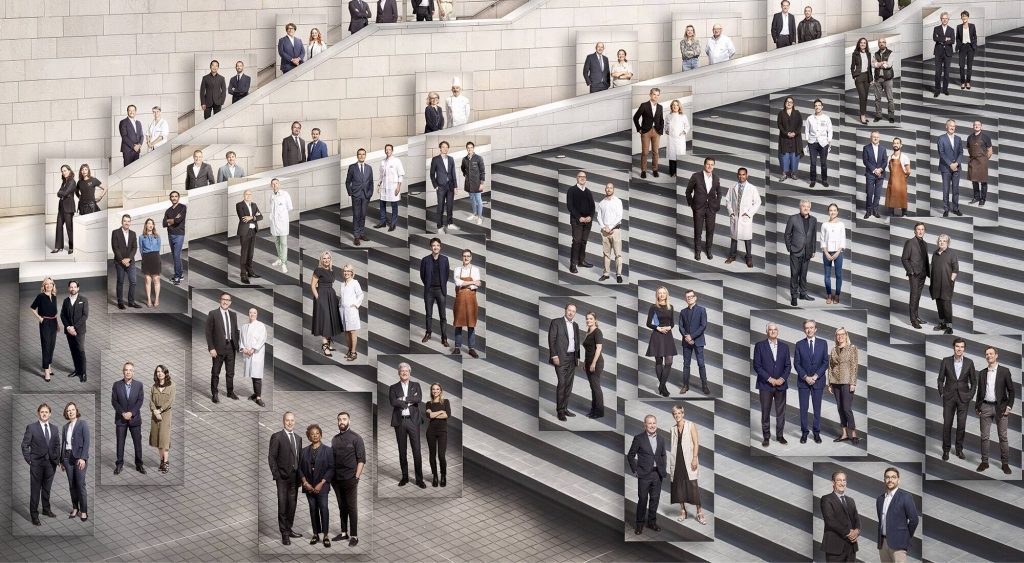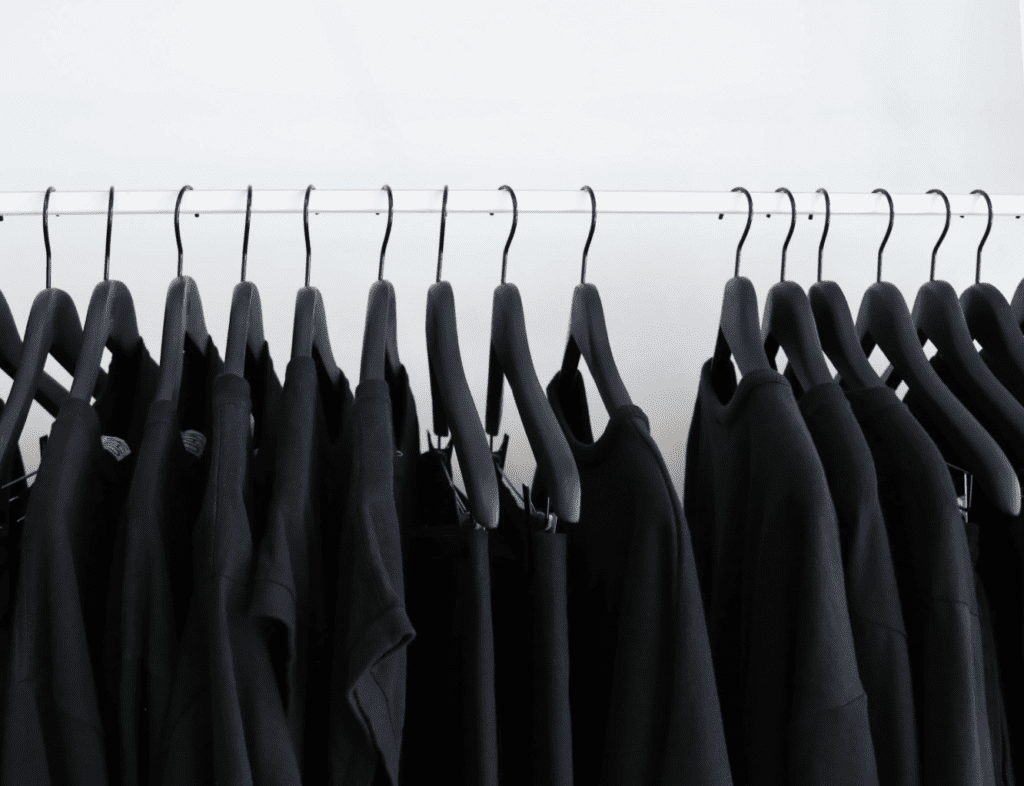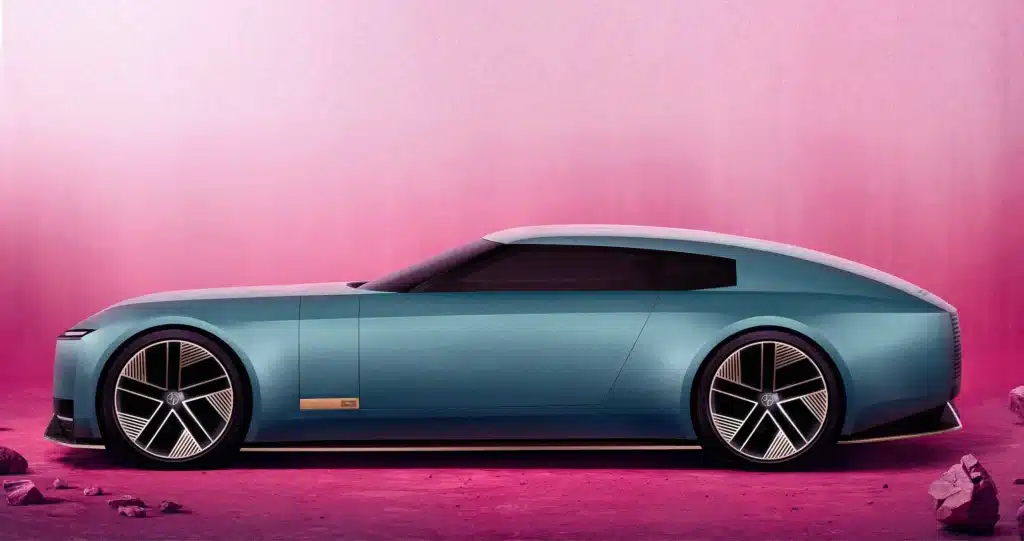For decades, fast fashion brands have built big businesses by churning out garments and accessories inspired by those on the runway. Whether it meant sending spies to designers’ runway shows to take photos in order to quickly replicate the garments and accessories or more recently, accessing an entire collection’s-worth of photos just moments after the show takes place thanks to websites that meticulously document nearly every show each season, fast fashion brands like Zara, H&M, Missguided, and Mango have had a built in source of “inspiration” since they first respectively opened their doors.
What if that steady flow of expensive, seasonal garments began to slow? What would that mean for fast fashion? That is one of the looming questions in light of a growing push by designers and brands to move beyond the industry’s age-old way of doing things in order to modernize how – and when – fashion is made, marketed, and sold to better serve consumer demands in 2020, and to operate in a more socially and environmentally responsible manner.
The calls to rewire the fashion system, which are quickly gaining steam in the industry, are set throw the fashion industry’s longstanding seasonal calendar and practice of staging bi-annual (and sometimes, even quarterly) runway shows into a lurch, as one of the proposed modifications comes in the form of a shift away from the crowded calendar of multi-annual runway presentations. Paris-based brand Saint Laurent, for instance, revealed that it is rethinking the notion of seasonality to some extent and that it will not stage its usual runway shows this year.
Meanwhile, fellow Kering-owned powerhouse Gucci announced that it will chop its number of annual shows from five to two, and “abandon the worn-out ritual of seasonalities and shows to regain a new cadence.” Other brands are expected to follow suit and simplify their own business models and show calendars.
Such budding industry initiatives raise the question of whether fast fashion – a practice that has traditionally been heavily dependent on copying runway offerings and selling them at low prices – can continue to be a powerhouse force in the retail landscape.
At least some suspect that the $35 billion-plus fast fashion segment will suffer as a result of a potential movement away from the high fashion practice of regularly showcasing new products on the runway months before those goods actually land in stores. “It’s not as easy to copy if you don’t have a long horizon between the announcement of a look and when it hits the stores,” Thomai Serdari, a marketing and branding professor at New York University’s Stern School of Business, told Retail Dive recently. Any major action from key fashion brands “will have a snowball effect on the rest of the industry,” she says, and that includes fast fashion brands.
Not the Death Knell for Fast Fashion
Not having the several-month-window between when designers first publicly show new garments and accessories on the runway and when they are seasonally appropriate to be put in stores certainly does not bode well for many fast fashion brands. However, that is not likely to be the death knell for fast fashion, at least not for titans like Zara and digitally-native entities like Fashion Nova.
In terms of the former, companies like Zara – whose parent company Inditex, a giant long-known for its supply chain prowess, agility and efficiency, generated $29.1 billion in revenue in 2019 – have “the scale, customer-based intelligence and regional customization” to meet any new challenges that come their way, including potentially drastic changes to their runway show-to-retail timeline, Serdari says.
At the same time, other, smaller entities, such as Fashion Nova, Boohoo, and Missguided, are also likely protected against such high fashion industry disruptions, albeit for different reasons. While these brands certainly take the seasonal runway offerings of high fashion brands into account when creating new products, they are far less dependent on the runway than fast fashion’s pioneers. These newer market entrants are known for taking “inspiration” from a wide range of brands, which include established industry names but also encompass burgeoning young brands, some of which operate in a direct-to-consumer capacity and do not stage runway shows at all, which likely makes social media a significant hunting ground for finding garments and accessories to copy.
More than that, Fashion Nova and co. are oftentimes more focused on celebrity style, which is not (necessarily) showcased on the runway, but instead, is usually found somewhere else: on Instagram. Los Angeles-based Fashion Nova, for example, is famous for offering up replicas of garments worn by the Kardashian/Jenners within a matter of days (or sometimes hours) of the famed sisters being photographed in them and posting those photos to their Instagram accounts. The pace at which the 14-year old company is able to churn out looks “inspired” by the ultra-famous reality stars is so swift that it has led to accusations that it is working together with them on the copycat wares. Unsurprisingly, Fashion Nova has built a sizable business in the process, garnering the title of one of the most searched-for fashion companies on the web and generating revenues of upwards of $400 million.
Similarly-situated British brand Missguided has gotten so good at copying and marketing Kim Kardashian’s (and husband Kanye West’s) looks that Kardashian initiated legal action against the company in early 2019. (The lawsuit came on the heels of Missguided posting an image of a lookalike model wearing a metallic cut-out frock, a dead-ringer for a custom Yeezy dress that Kardashian posted an image of just a few hours prior with a plea that “fast fashion brands … please wait until I wear this in real life before you knock it off?” Within a few hours, Missguided had posted a sneak peek of its copycat dress).
Shifting Consumer Preferences
For companies like these, whether it be mighty giants like Zara or newer, more digitally-focused players like Fashion Nova, the possible end of the current runway show system is hardly a deal-breaker. If anything is set to put a damper on their model, it is something else: shifting consumer preferences.
“Retailers operating in all parts of the market that have previously been able to capitalize on consumers’ desire for newness and trendy pieces, should be prepared for fast fashion to start slowing down,” Sofie Willmott, a retail analyst for GlobalData, told Retail Dive. She says that concerns about sustainability are finding traction among younger consumers, who are increasingly opting “to buy or even rent used apparel,” which very well may “indicate that they are less interested in the newness that has propelled fast fashion retailers for decades.”
In other words, if fast fashion is going to be toppled by anything, it will likely be the spending power of consumers and not the whims of the high fashion sector, and the resulting inability by the likes of Zara to readily pluck designs from the runway, make them for a fraction of the cost and sell them within a significantly shorter timeframe.
As for whether consumers are actively shunning fast fashion and the cheap novelty that it offers en masse, that does not seem to be the case … yet. While consumer interest in sustainability and searches for pre-owned wares (as opposed to fast fashion) are on the rise, according to fashion discovery platform Lyst, and while the growth of the secondhand market is expected to outpace that of fast fashion, sales of fast fashion are not suffering.
United Kingdom-based fast fashion retailer PrettyLittleThing, for example, recently revealed that its annual revenues for 2019 grew by 107 percent to nearly $500 million compared to the previous year, with the number of total active customers increasing by 70 percent during that period to 6.3 million active customers in total. Meanwhile, Spain-based Zara – which “has benefited from its ability to quickly deliver small batches of the latest designs to consumers due to its fast and flexible sourcing arrangements at a time when fashion retailers are struggling to adapt to changing shopping habits,” per Reuters – closed out 2019 with “record sales.”
While it is difficult to imagine the allure of inexpensive and trendy garments and accessories falling out of favor entirely, it will be interesting to see how this part of the market – and consumers’ evolving mindsets towards it – is impacted by the enduring outbreak of the COVID-19 pandemic, which is readily accelerating an array of existing retail and consumer trends, from heightened e-commerce adoption to consumers’ preferences towards socially-minded companies. There is a chance one of the trends that will be subject to rapid advancement is the already-growing distaste for disposable, fast fashion, and its replacement by more sustainable, and largely, pre-owned alternatives. After all, according to existing projections, the resale market will fully outpace fast fashion within the next ten years. COVID-19 might be the force that ensures that.











